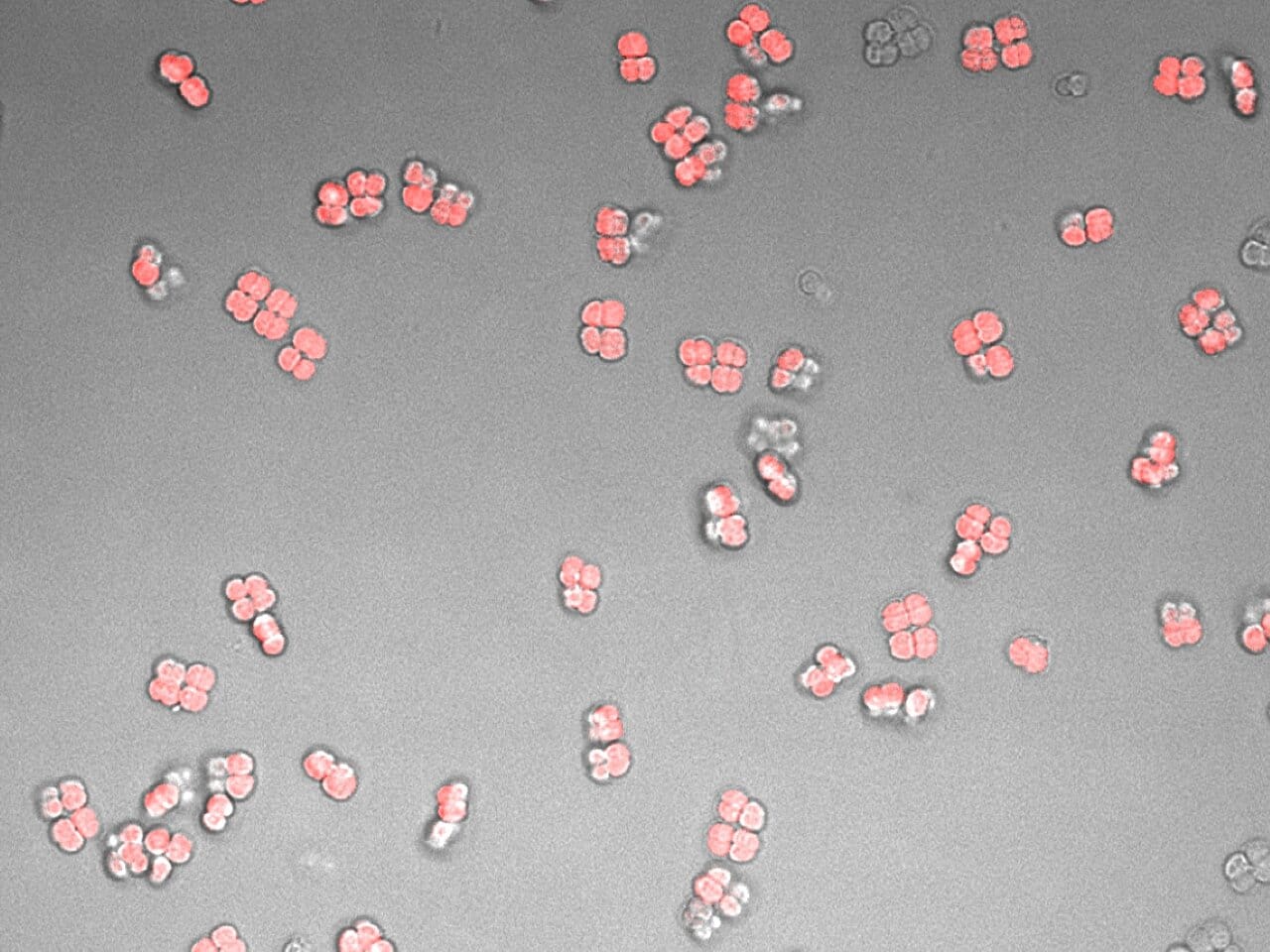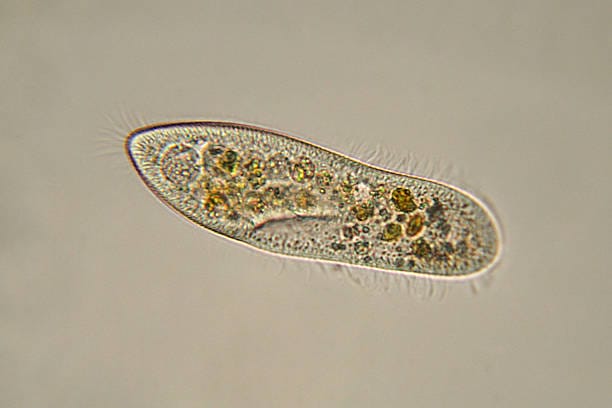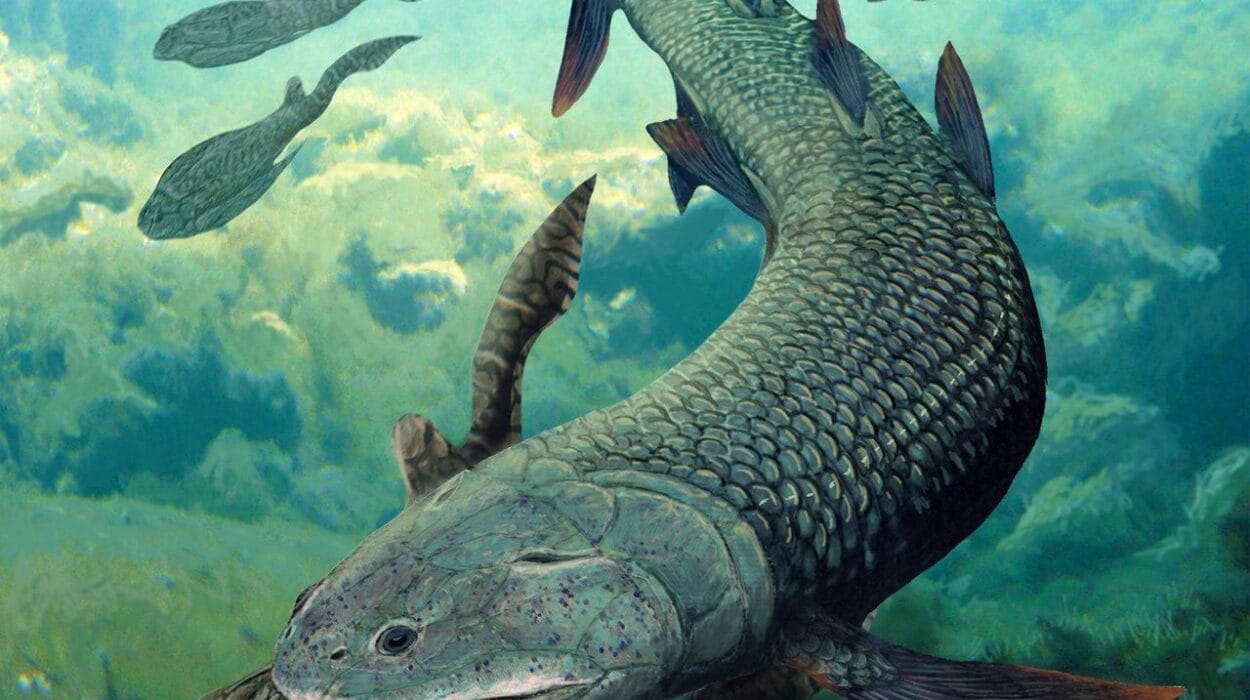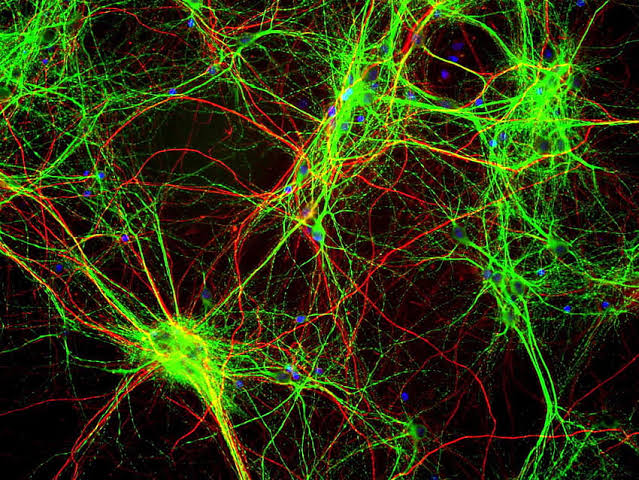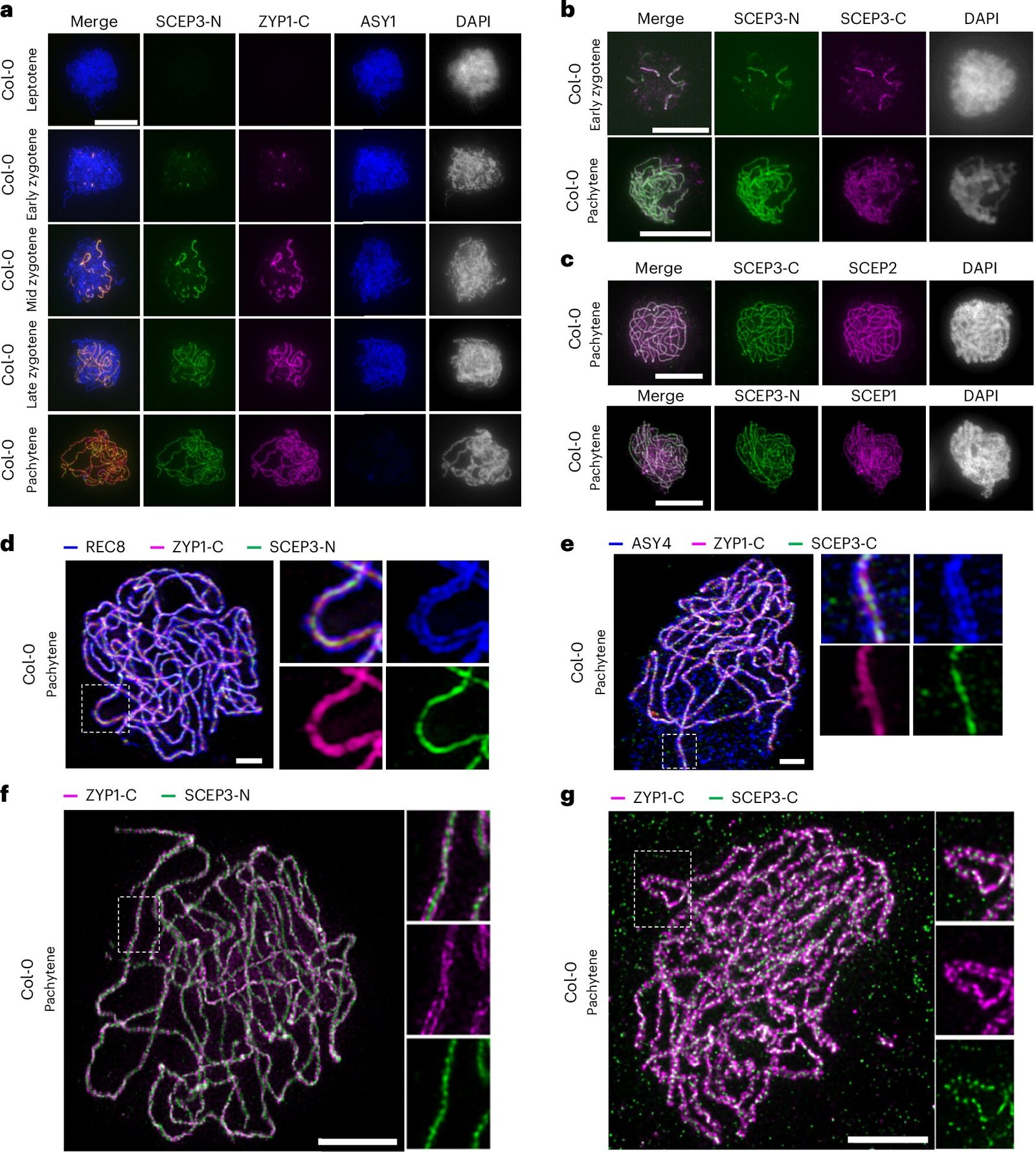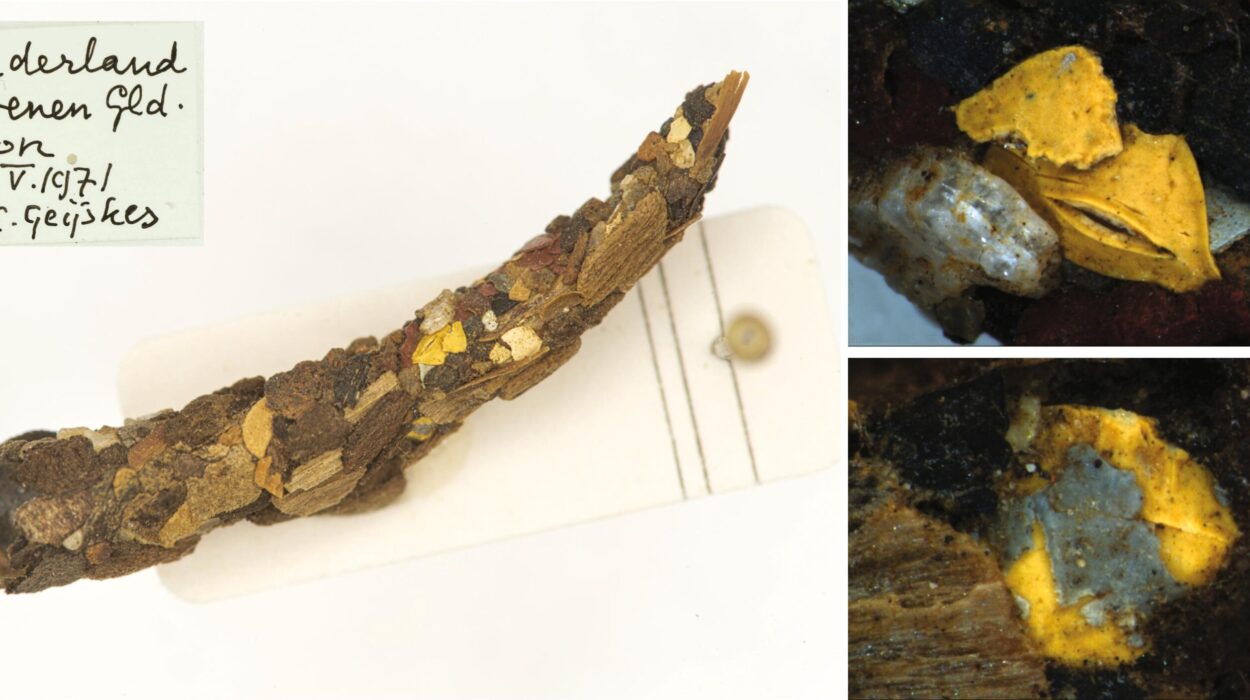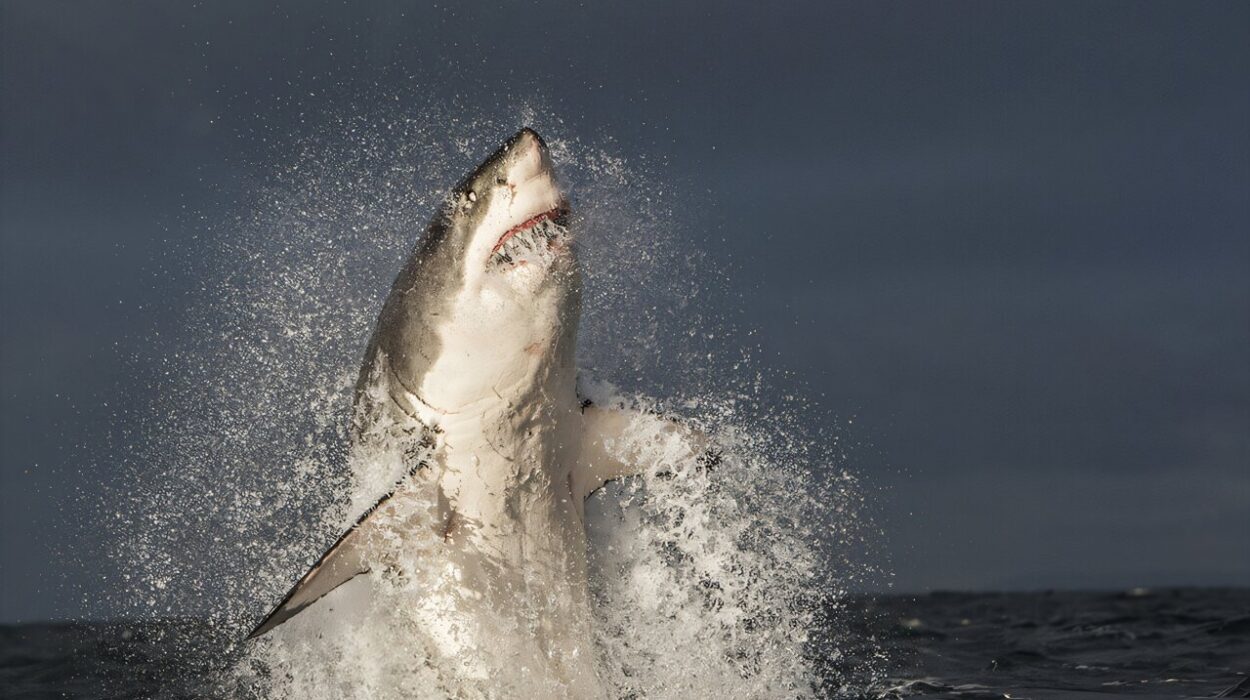More than two thousand years ago, the Greek physician Hippocrates wrote that “life is short, and art is long.” It was a reflection on the fleeting nature of human existence compared to the enduring mark of human creativity. Yet, even the greatest works of art can fade. Paint crumbles. Paper yellows. Languages evolve. Time has always been the enemy of cultural memory.
But what if art could be given a new kind of life — not in marble or canvas, but in the very building blocks of biology? What if a poem could outlast the rise and fall of civilizations, surviving long after the sun itself fades?
That is no longer a purely philosophical question. Thanks to a collaboration between world-renowned poet Christian Bök and University of Texas chemical engineer Lydia Contreras, a poem has been embedded inside one of the toughest organisms on Earth — a living, self-preserving, biological time capsule.
Writing in the Language of Life
At the heart of the project is Deinococcus radiodurans, an extremophile bacterium so hardy it has been nicknamed “Conan the Bacterium.” This single-celled survivor can withstand extremes of heat, cold, dryness, ultraviolet light, and radiation that would annihilate most life. Scientists have long been fascinated by its durability — and now, it has become a host for an unprecedented artistic experiment.
Bök and Contreras’s team have encoded an original poem directly into the bacterium’s DNA. This genetic “sentence” is no metaphor — each letter of the poem corresponds to a precise sequence of DNA bases. When the microbe is chemically activated, it “reads” this genetic message and produces a complementary poem, not in ink or sound, but in protein.
Incredibly, that protein has been engineered to glow bright red. Under the right light, the bacterium itself becomes a living metaphor — a crimson signal in the dark, the text of poetry expressed as a biological phenomenon.
The Poetic Pair: Orpheus and Eurydice
The two poems at the center of the project are titled “Orpheus” and “Eurydice”, named after the lovers of ancient Greek tragedy. In the myth, Orpheus journeys into the underworld to bring back his beloved Eurydice, only to lose her forever when he looks back too soon. The story has inspired countless works of art for millennia, but here it has been reimagined in an entirely new medium.
“Orpheus,” written in the genetic alphabet, is the poem encoded into the bacterium’s DNA. When expressed, the bacterium translates it into the amino acid sequence of a protein. Through a carefully designed cipher — where each letter in one poem corresponds exactly to another in the second — this protein sequence spells out “Eurydice.”
The red fluorescence of the protein is no coincidence; it mirrors the imagery in “Eurydice,” which opens with the line: “The faery / is rosy of glow.” In a way, the organism becomes both author and performer, reciting the poem not in words, but in light.
The Science Behind the Art
Bök’s idea may sound like science fiction, but the underlying biology is grounded in real-world genetic engineering. Biotechnology already uses bacteria to produce everything from insulin to biodegradable plastics. The novelty here lies in applying those same tools to store — and express — literature.
The project took years of trial and error. Inserting a nonessential genetic sequence into a bacterium is risky; the host might delete it over time or fail to translate it correctly. Contreras’s lab brought the expertise needed to work with Deinococcus radiodurans and ensure the genetic payload could survive.
For Bök, this was the culmination of a 25-year artistic quest. His earlier book, The Xenotext: Book 1 (2015), chronicled his proof-of-concept experiments using a far less robust bacterium. This new project, detailed in The Xenotext: Book 2, marks the moment when his vision — a living work of art that could survive planetary-scale disasters — has become reality.
Why It Matters Far Beyond Poetry
On the surface, this is a beautiful and eccentric artistic experiment. But the implications ripple far beyond literature. Living organisms are nature’s most durable information storage devices. DNA, when well-preserved, can survive for hundreds of thousands of years — far longer than the most advanced human-made hard drives.
As our civilization generates more data than ever before, the need for ultra-durable storage becomes urgent. Biological storage systems could one day hold the archives of humanity in forms that outlast any single culture, language, or even species.
“We’ve made very few things that could outlast the sun,” Bök reflected. “This artifact is a gesture — showing we could build technology that preserves our cultural heritage over the lifespan of Earth itself.”
Contreras agrees, noting that this isn’t just about art, but about resilience. “Living organisms are the ultimate storers of information,” she said. “Synthetic biotechnology opens possibilities we’re only beginning to imagine — from self-healing buildings to planetary-scale archives.”
A Beacon for the Future
Somewhere in a laboratory, a cluster of microscopic organisms now holds within it a love story written in both English and biology. If humanity were to vanish tomorrow, Deinococcus radiodurans might still be there, drifting in ice or dust, carrying two intertwined poems through the ages.
It is a testament to what can happen when science and art refuse to live in separate worlds. In Bök’s words, the project is “a way of merging the borders of language — genetic language and the English language.”
Hippocrates could never have imagined that his ancient observation about the endurance of art would one day be proven in the genetic code of a bacterium. But perhaps he would have appreciated the poetry in it: life may be short, but now, in a very real sense, art can live forever.
